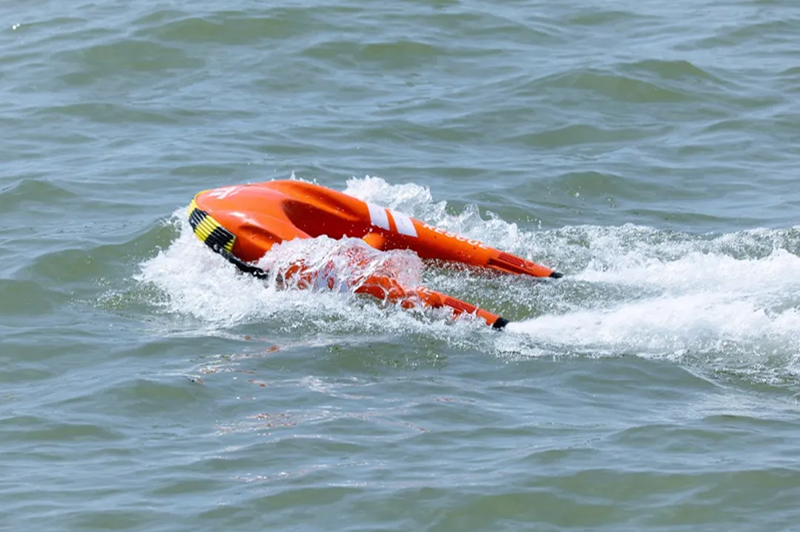Introduction to Electric Watercraft and Eco-Design
Electric watercraft represent a significant innovation in marine transportation, capitalizing on the use of electric engines instead of traditional combustion engines. This shift not only enhances energy efficiency but also significantly reduces environmental emissions, making electric watercraft a more sustainable option. As the global push for cleaner alternatives continues, these vehicles stand out due to their minimal reliance on fossil fuels.
Eco-design plays a crucial role in the development of electric watercraft, emphasizing environmental considerations throughout the product lifecycle. From the selection of sustainable materials to the manufacturing processes and operational use, eco-design ensures that each step minimizes negative environmental impacts. By integrating eco-friendly principles, manufacturers can create products that are not only functional but also contribute to a healthier planet, aligning with both consumer and regulatory demands for more sustainable solutions.
The Rise of Electric Watercraft in Sustainable Mobility
The switch to electric watercraft offers numerous environmental benefits, significantly contributing to sustainable mobility. Unlike traditional combustion engines, electric watercraft produce lower carbon footprints, playing a crucial role in combating climate change. They also reduce noise pollution, preserving the serenity of aquatic environments and benefiting marine life. Furthermore, these vessels are built to comply with stringent environmental regulations, ensuring a sustainable future for both manufacturers and users. As policymakers push for cleaner energy solutions, the demand for electric watercraft is expected to surge.
Current trends in electric watercraft design are also driving market growth, driven by technological innovations and consumer preferences. Improved battery technology allows for longer voyages and quicker charging, making electric boats more practical and appealing. Additionally, sleek and modern designs enhance aesthetic appeal and user experience, boosting consumer interest. These advancements have garnered considerable attention, with more companies, like Boundary Layer Technologies, investing in novel designs such as hydrofoil technology to enhance efficiency and performance. As these innovations continue, the electric watercraft market is poised for rapid expansion, reflecting a broader shift towards sustainable transportation solutions.
Havospark's Innovative Approach to Electric Watercraft
Havospark is leading the electric watercraft market with a diverse range of models designed for recreational, sport, and commercial applications. Their commitment to sustainability and innovation is evident in their fully electric personal watercraft, tailored to enhance the user experience while being environmentally conscious. By providing options that suit different usage needs, Havospark caters to a wide audience seeking exhilarating water adventures with minimal ecological impact.
Havospark's electric watercraft stand out due to their remarkable features, which include robust battery capacities, impressive ranges, and high speeds. These personal watercraft are equipped with advanced battery technology that ensures longer usage between charges. Additionally, Havospark models boast unique design elements, like universally appealing custom-designed hulls and near-instant throttle response, setting them apart from competitors. These innovations underscore Havospark's capability to integrate performance with sustainability, redefining water adventure experiences for modern enthusiasts.
Hands-On with Havospark Products
Small Speed Boats Equipped with a Ternary Lithium Battery
Havospark's small speed boats are an enticing blend of luxury and eco-friendliness. These yachts are powered by a ternary lithium battery that promises longer run times and swift charging capabilities. Thanks to their robust engines, these boats deliver impressive speed and acceleration, offering a thrilling experience on the water. Designed with a luxury yacht style, they provide an elegant yet sustainable alternative for water sports enthusiasts and recreational users alike.
The 51Ah 72V Lithium Battery in Jet Fly Electric Surfboard
Havospark's Jet Fly jet-powered electric surfboard, utilizing a 51Ah 72V lithium battery, offers an exhilarating high-speed surfing experience. This battery, celebrated for its efficiency, allows the surfboard to reach top speeds of 68 km/h. The board incorporates cutting-edge technology with a patent quick-lock battery system and wireless control, making it a formidable option for thrill-seekers.
Portable 6000W Electric Diving Scooter
Havospark’s portable 6000W electric diving scooter stands out for its portability and the fun it offers in underwater exploration. Its compact design allows for easy transportation, making it the perfect companion for anyone seeking the thrill of underwater adventures. With its impressive power, it can whisk you through the water with ease, offering an unforgettable diving experience.
Comparing Electric Watercraft Models
When evaluating the wide range of electric watercraft, several performance metrics need careful consideration. These include speed, handling, battery life, and overall build quality. For instance, models like the Candela C-8 achieve impressive top speeds of 24 knots with a 51 nautical mile range, while the Arc One ski boat can reach a top speed of 40 mph, showcasing robust electric motors comparable to high-performance vehicles. Such specifications not only demonstrate the power and efficiency of electric watercraft but also highlight the importance of understanding each model's capabilities to make informed purchasing decisions.
Customer reviews and experiences further enhance the understanding of electric watercraft performance. Positive feedback often highlights the smooth, silent operation and eco-friendly nature of these vessels, appealing to environmentally conscious consumers. However, common issues that arise include limited range concerns and charging infrastructure adequacy. By considering both customer satisfaction and potential drawbacks, buyers can better gauge the real-world practicality and usability of their chosen electric watercraft model.
The Future of Electric Watercraft and Eco-Design
Emerging technologies in electric watercraft are paving the way for a more sustainable future. Advancements in battery technology are increasing energy efficiency and range, while solar integration is providing a green source of power that reduces environmental impact. Additionally, the development of smart tech features, such as autonomous navigation, is making electric watercraft more user-friendly and efficient. For instance, the integration of intelligent systems that monitor and optimize energy use can extend battery life, thus enhancing the overall user experience.
Eco-design plays a crucial role in shaping the future of electric watercraft, emphasizing innovation to satisfy consumer demands while adhering to environmental standards. By focusing on sustainable materials and manufacturing processes, companies can reduce the carbon footprint of these vessels. Moreover, implementing designs that harness renewable energy sources, like solar panels, can help meet the growing consumer preference for environmentally-friendly products. As the industry evolves, continued innovation is essential to ensure electric watercraft remain both desirable and compliant with ecological and sustainability goals.
Conclusion and Call to Action
Choosing electric watercraft is not only an exciting way to explore water-based activities but also a responsible choice towards sustainable mobility. By embracing electric watercraft, individuals contribute to reducing environmental pollution and help in conserving precious natural resources. It is imperative to remember the environmental benefits discussed in this article, as they highlight the tangible impacts of opting for electric over traditional fuel-powered watercraft.
Encourage others to join this wave of sustainable boating by promoting awareness and sharing information within your communities. Becoming a part of the movement towards electric watercraft can be as simple as taking the time to understand these innovations or sharing the insights you have gained with others. Let us work together to ensure that our aquatic adventures are in harmony with nature, steering towards a cleaner and greener future.


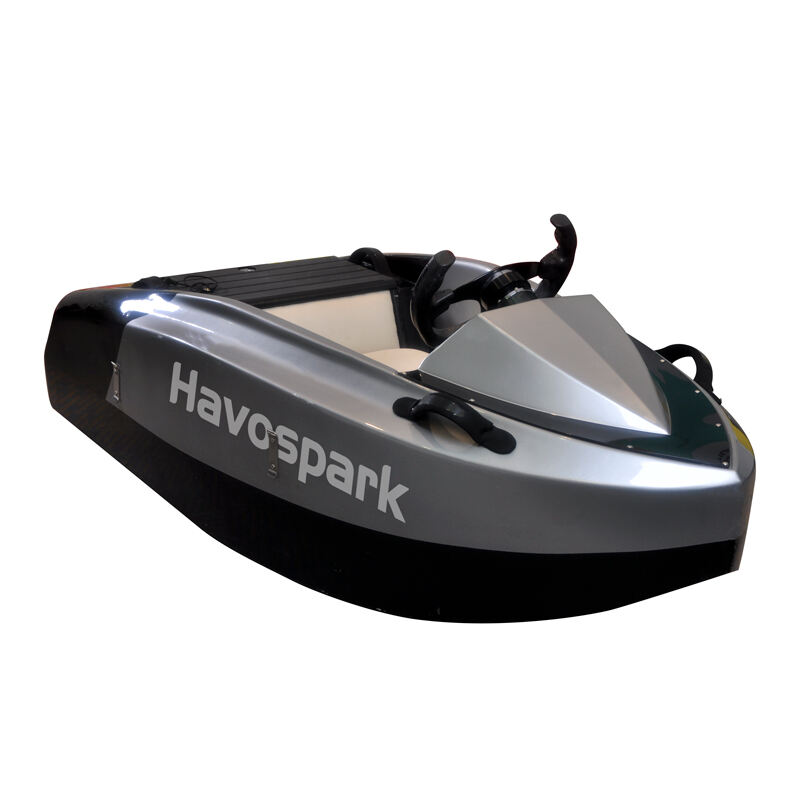
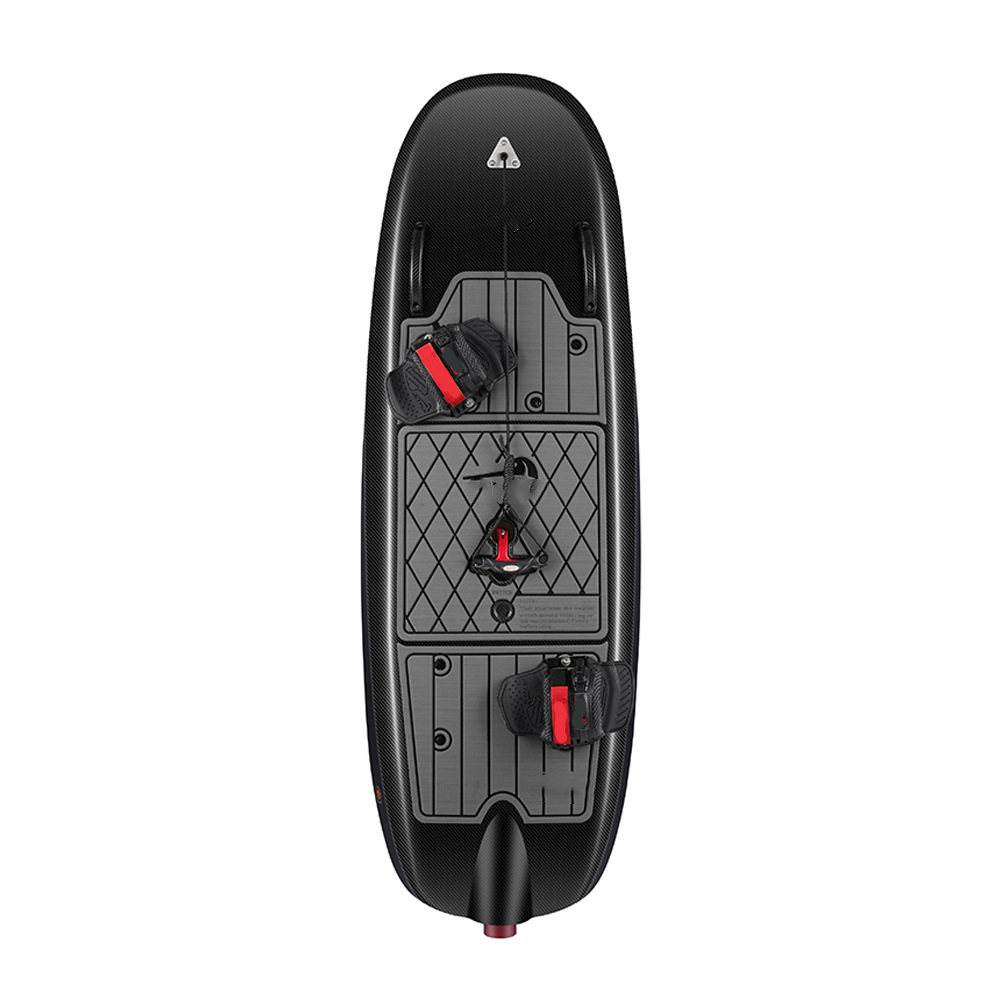
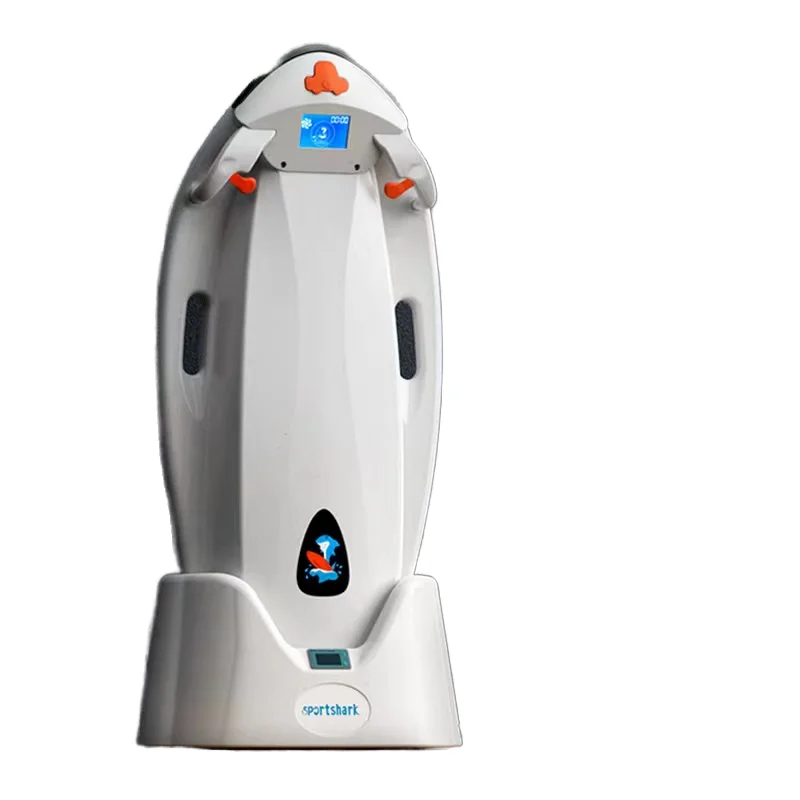
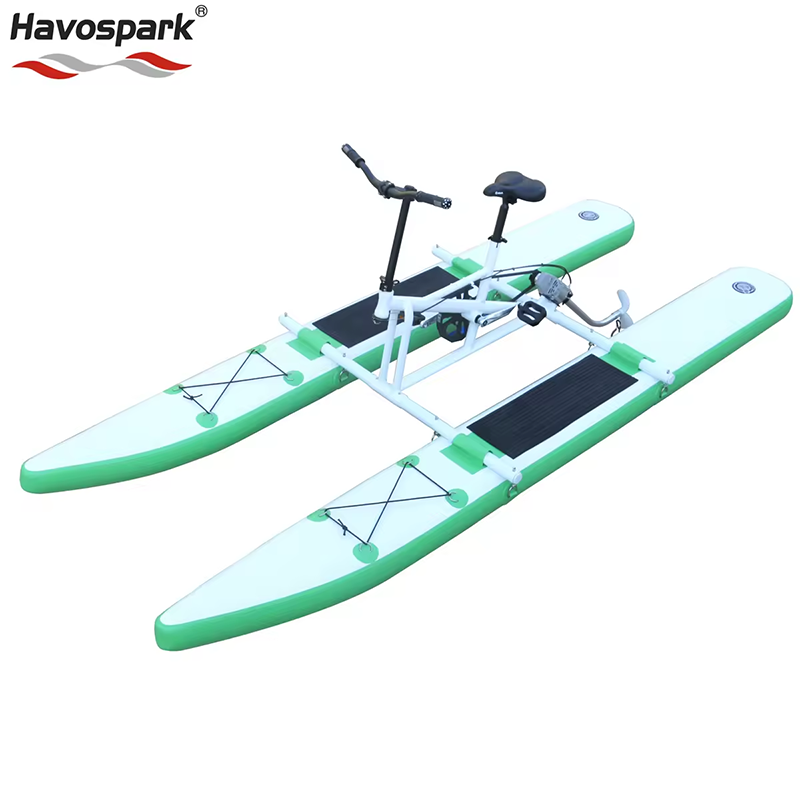
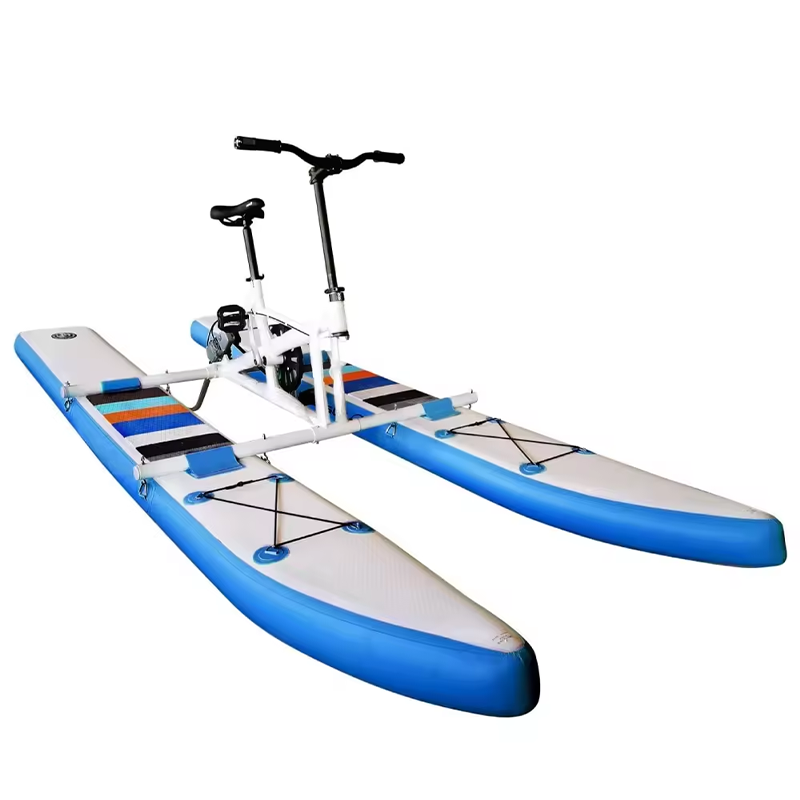
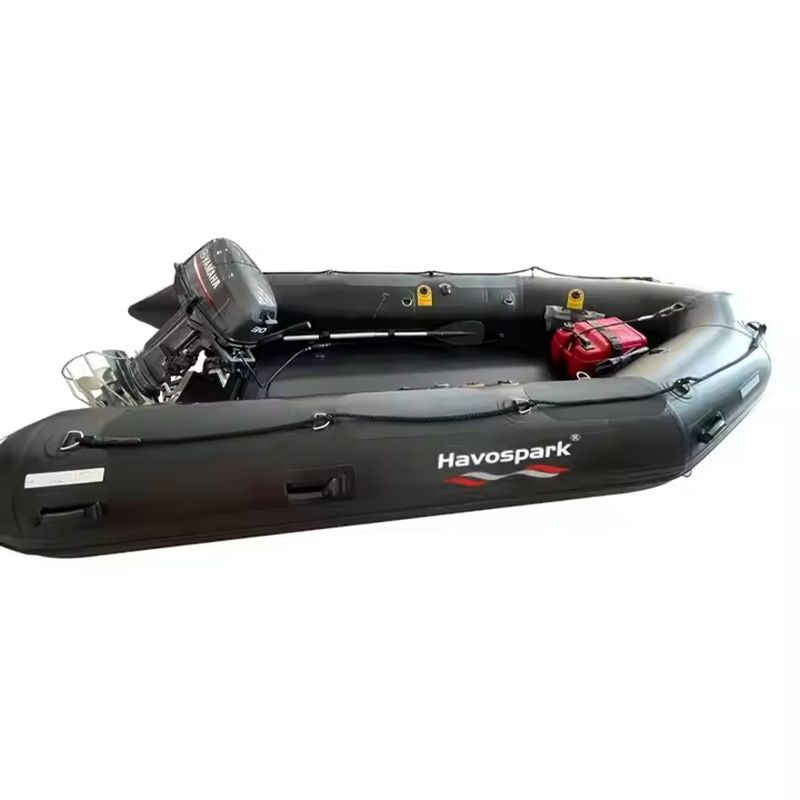
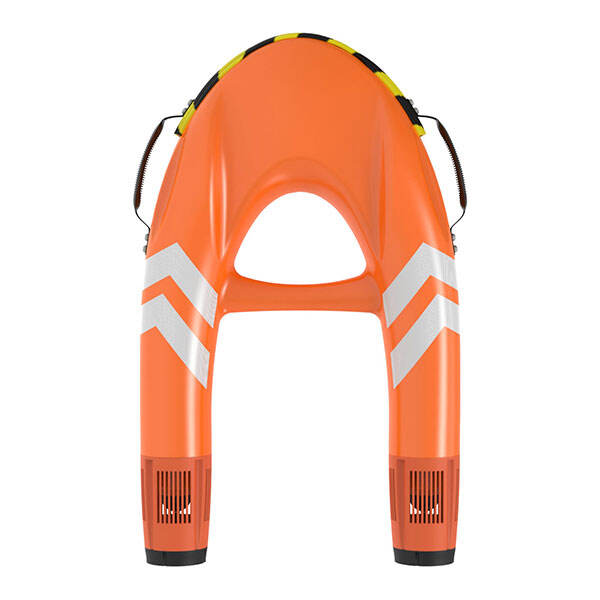

 Hot News
Hot News